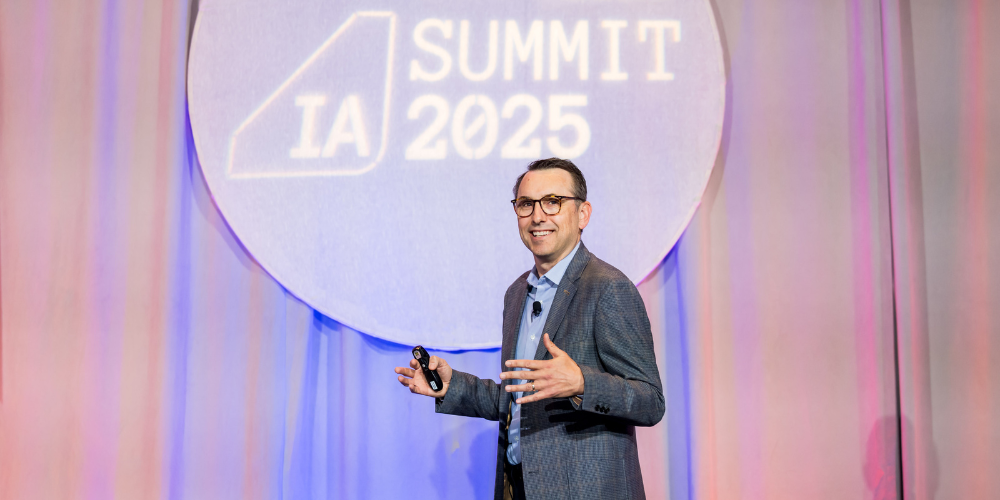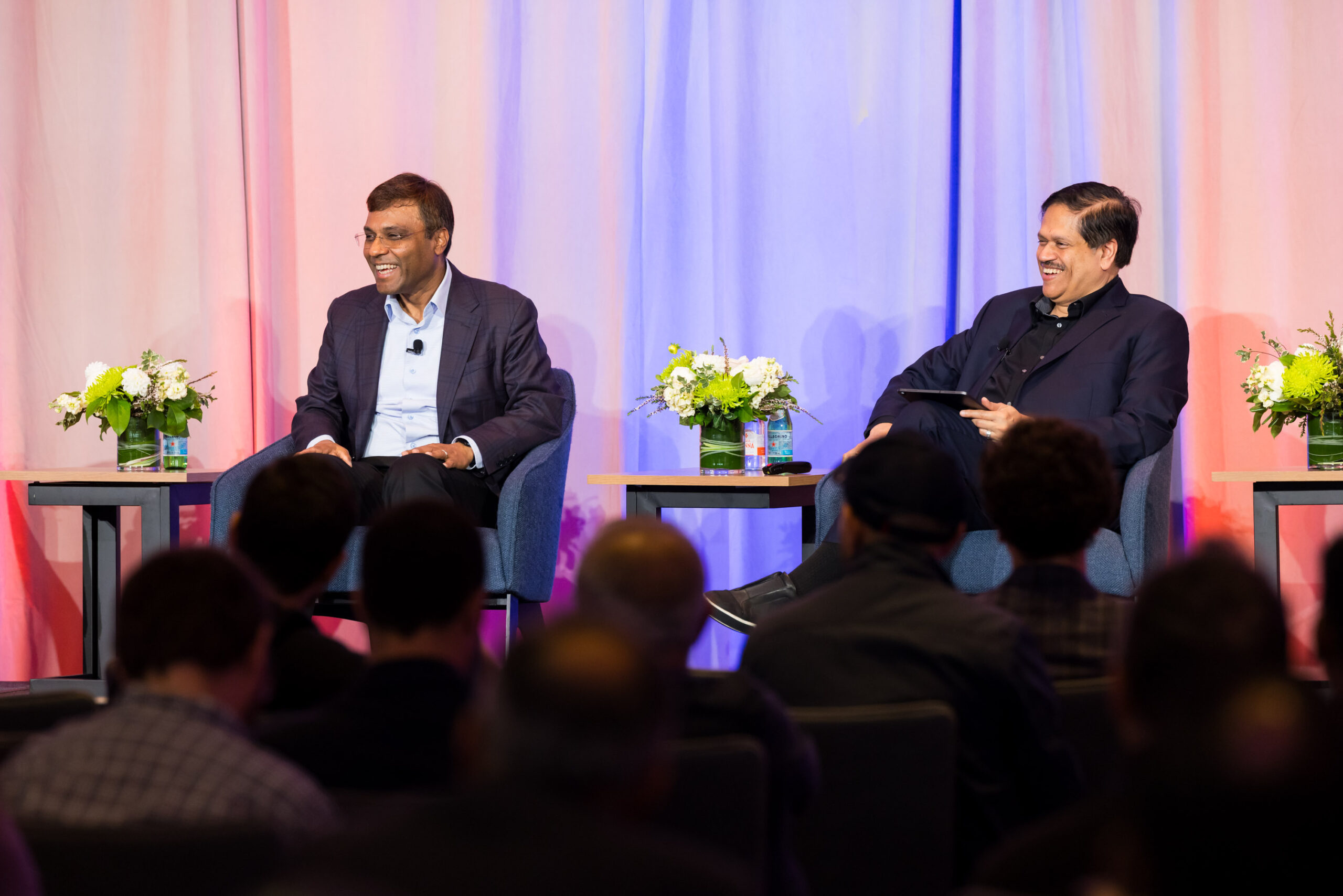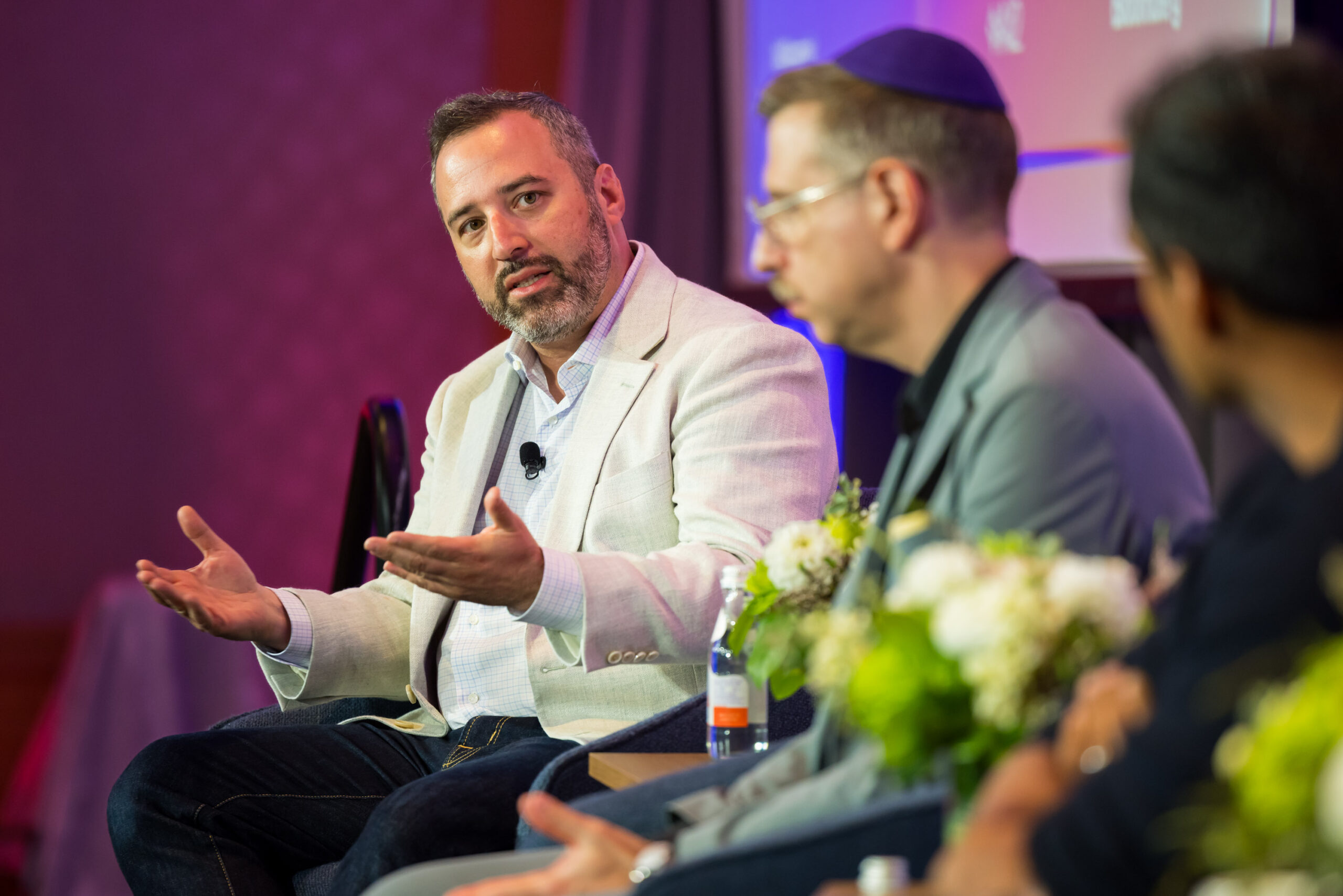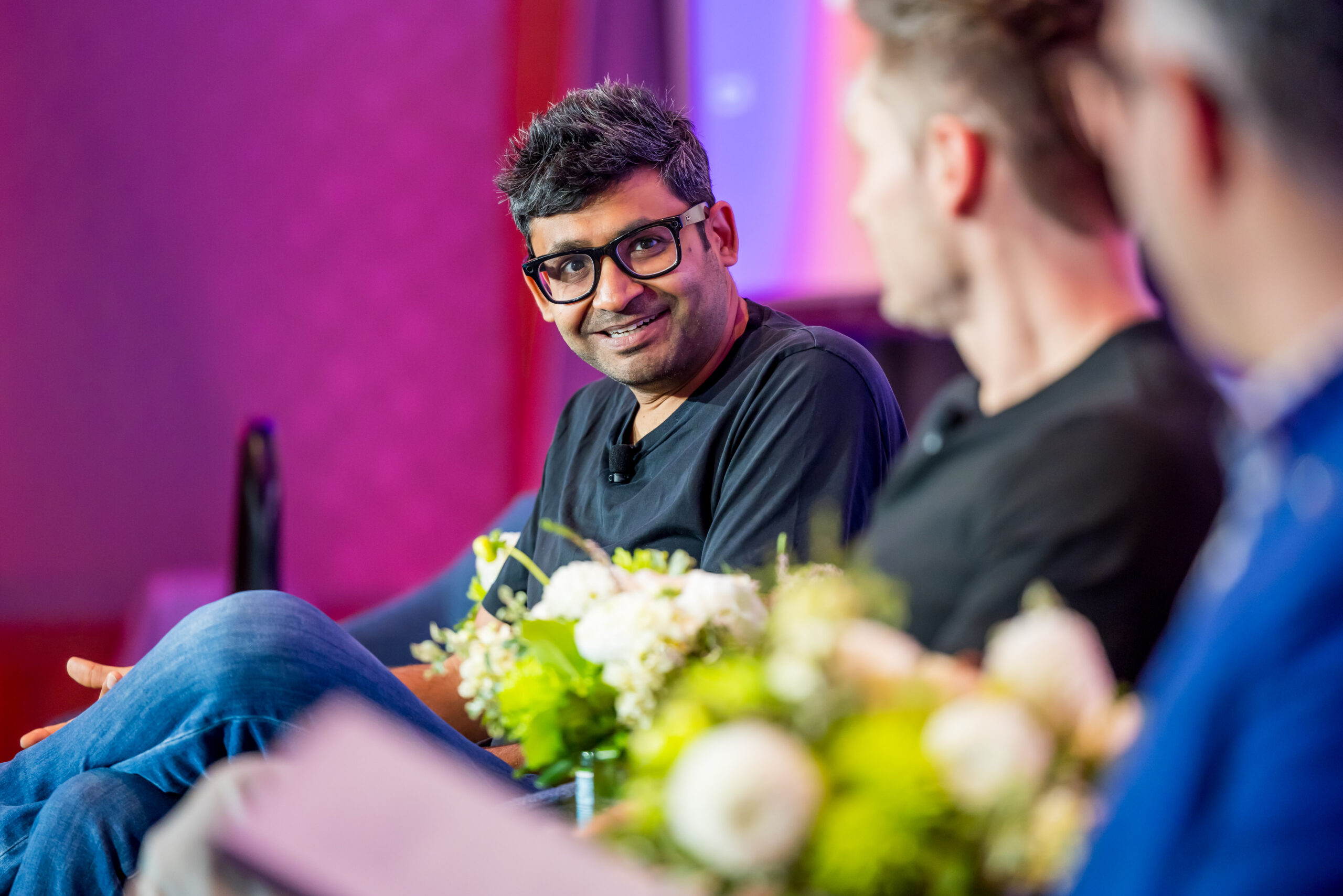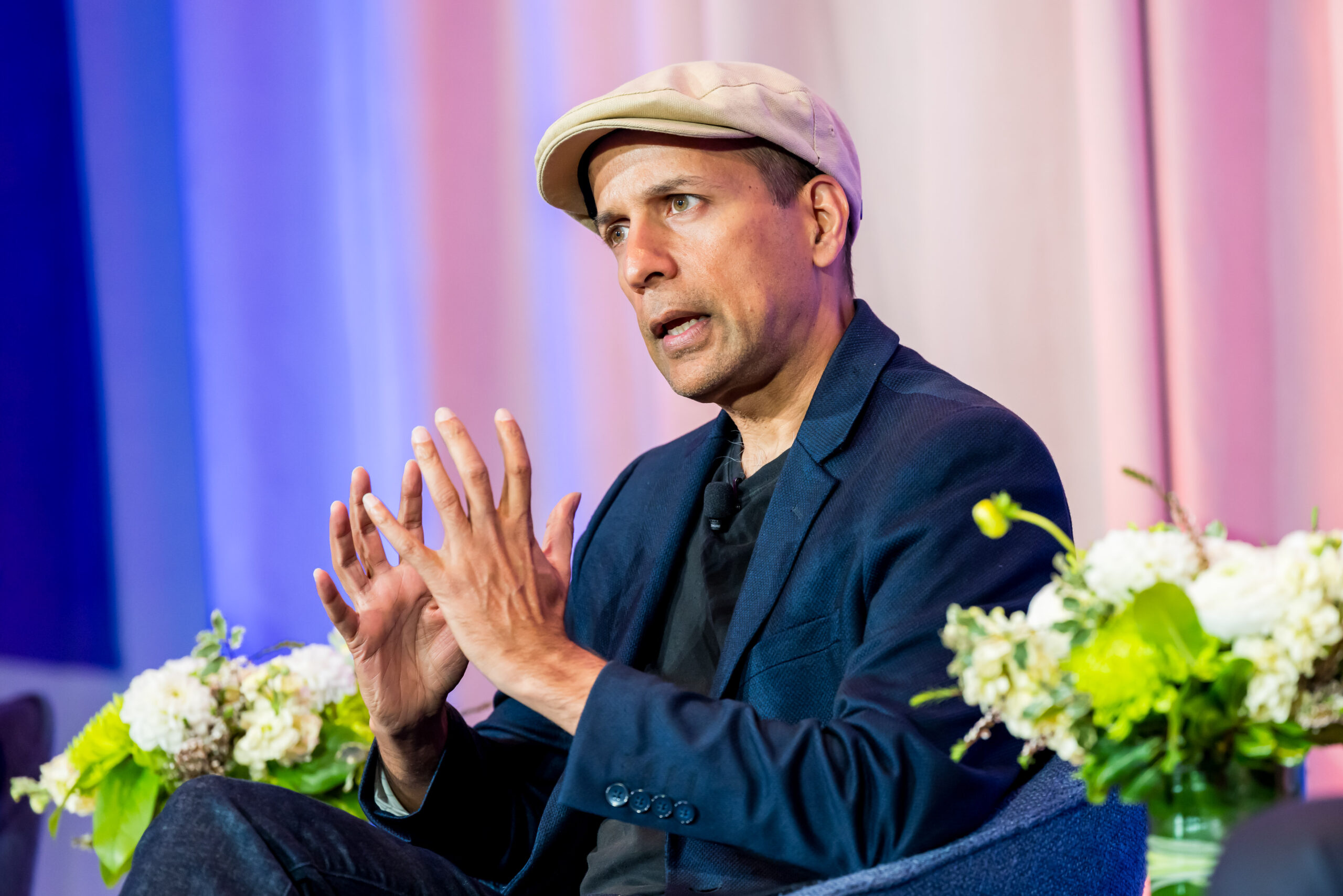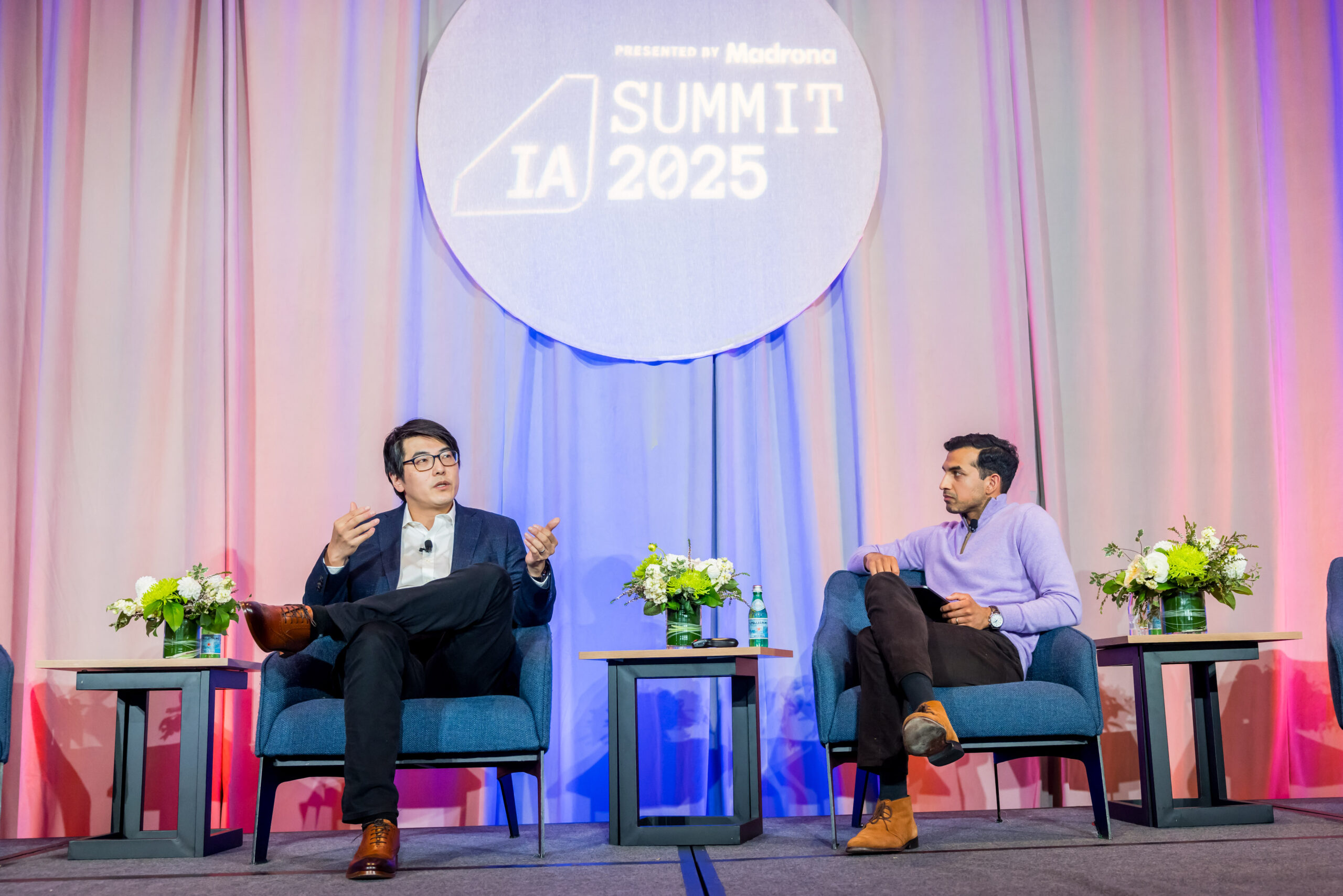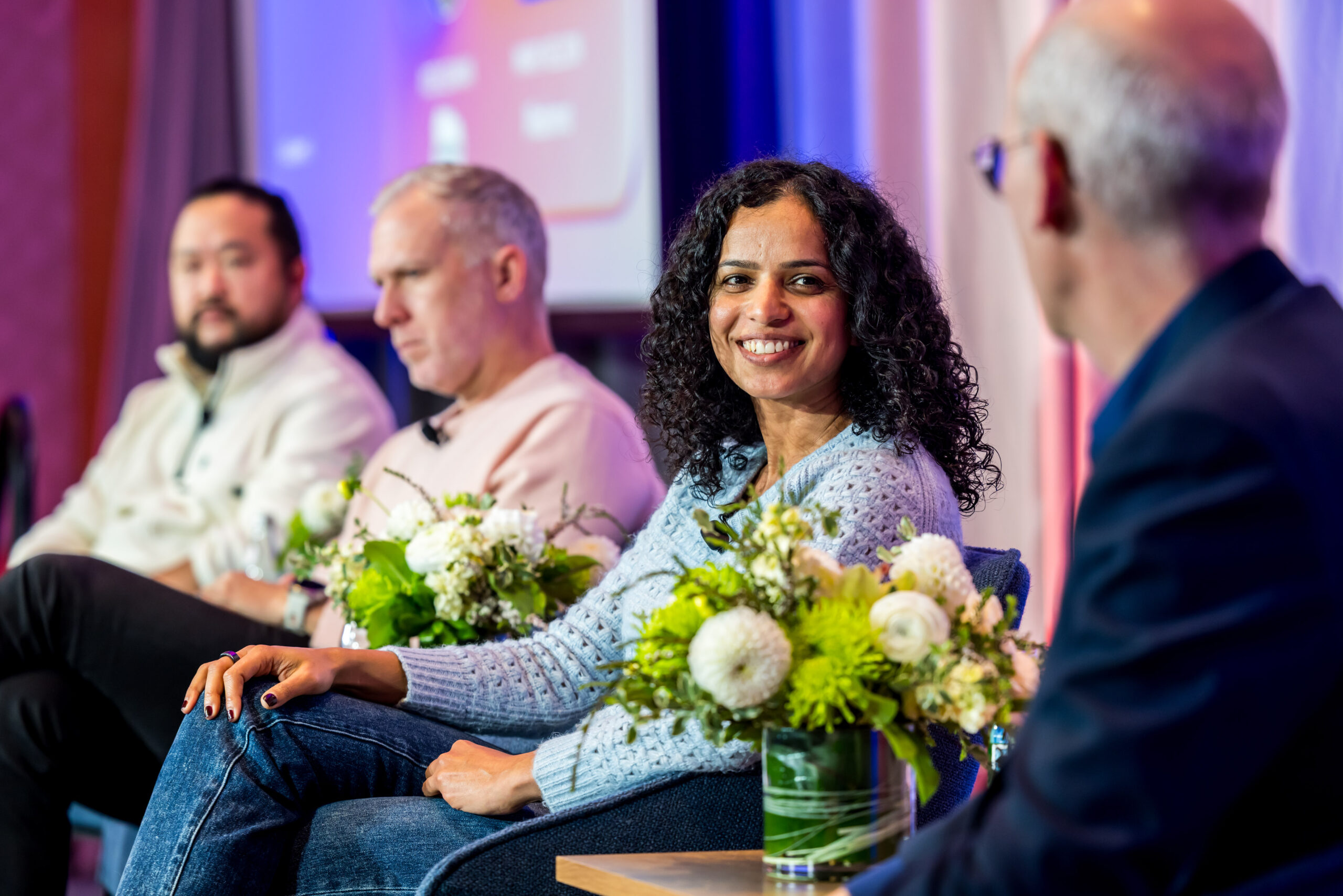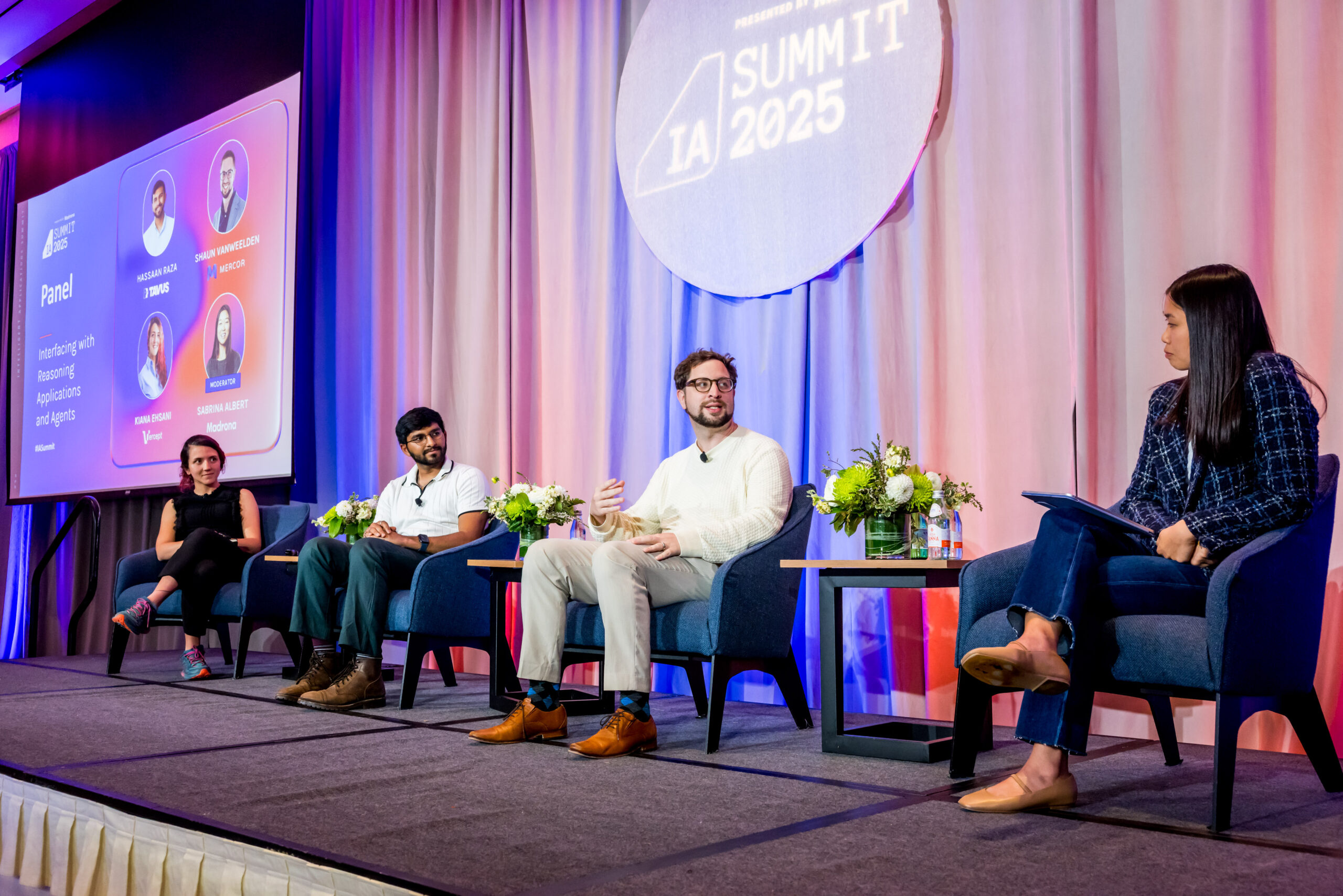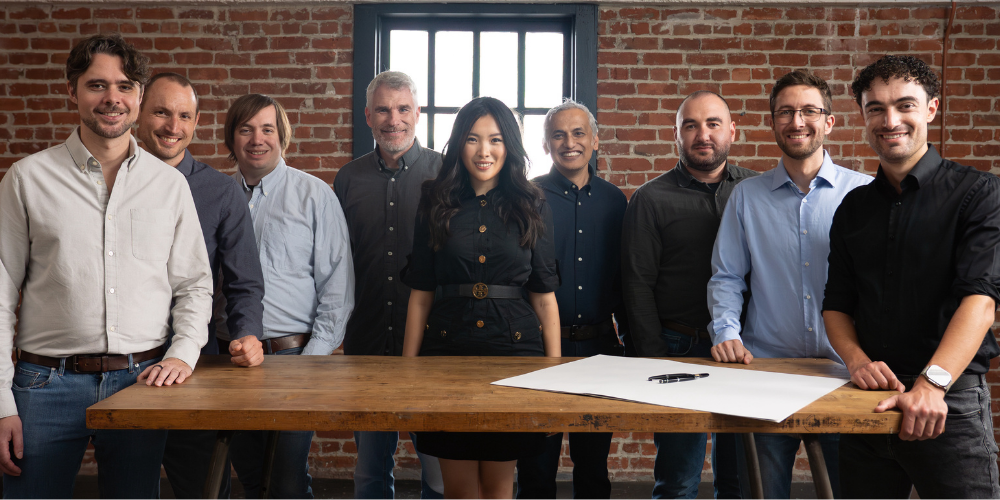This past week Madrona hosted the fourth annual IA Summit, where we celebrated the winners of the 2025 IA40 and heard from AI leaders and builders like Jason Kwon (Chief Strategy Officer of OpenAI), Nikita Shamgunov (Founder of Neon, now VP at Databricks), Anu Bharadwaj (President of Atlassian), Chase Lochmiller (CEO of Crusoe), and many others.
This was our largest summit to date, bringing together over 400+ founders, operators, leaders, and investors across the AI landscape.
This year’s topic du jour centered on reasoning, or the process by which machines and models can simulate human-like decision making, problem solving, and ultimately, intelligence. We are witnessing the diffusion of reasoning engines across enterprises, startups, and business workflows, and this theme, which Madrona Managing Director Matt McIlwain has coined the Reasoning Revolution, was pervasive across the many conversations held throughout the day.
Amidst all the day’s discussions, five themes emerged that we believe will shape the year ahead.
The Underlying AI Infrastructure is Still Underway
We heard throughout multiple panels that the infrastructure space remains fluid. Open vs. closed models. Architectures moving beyond transformers. Domain-specific approaches for robotics, reasoning engines, and scientific discovery. Amazon’s Rohit Prasad shared that large foundation models get you 80% of the way there, but the last mile — fine-tuning, post-training, and embedding in customer environments — is where the real differentiation happens, where no single model does everything well. There remains a multiplicative opportunity from energy to optimizing chips, hardware, models, and the software on top.
Investment in the infrastructure layer of AI is far from finished. The conversation between Chase Lochmiller (Crusoe) and Ben Gilbert (Acquired Podcast) highlighted the physicality of AI, with the immense investment in energy committed to powering the future of AI. Another theme has been around the data, not just the scale of it, but the quality, verifiability, and the feedback loops that make models more trustworthy and effective. Reinforcement learning, whether guided by humans or verifiable rewards, is only beginning to shape how systems improve over time. And while GPUs made the first wave possible, the battleground is shifting: orchestration, observability, and coordination across distributed models and experts will define the next era. In an emblematic statement of how the role of enablers is blurring, Jonathan Cohen from Nvidia stated, “we’re not a chip company. We’re an AI infra company.”
Agents are the Future
It’s becoming clear that we’re heading toward an agent-first world. One where the majority of the “busy work” will be handled not by humans, but by AI agents working on our behalf or at least alongside us. Our role shifts from doing the work ourselves to setting goals and intent, while agents execute, reason, and even collaborate directly with each other. Both Nikita Shamgunov and Parag Agrawal (Parallel) painted a clear picture of an “agent-first” world. People will focus on intent and direction, while agents handle execution, reasoning, and coordination, often by communicating directly with each other. Building for that future means placing bold bets today and launching products before the user base exists, experimenting widely, and being willing to fail fast.
We saw early examples of this shift at the summit. Companies like Clarify and Dropzone were great examples of early-stage IA40 winners building agentic solutions. Clarify is building an autonomous CRM that classifies emails and meetings, drafts follow-ups, answers natural language queries, and even reasons about deals, all running quietly in the background. Dropzone is scaling cybersecurity beyond human capacity by deploying fleets of agents to detect, respond to, and coordinate threats automatically. Other companies like Browserbase are building the infrastructure to enable this future.
As we move into an agent-first future, the takeaway felt clear: stop designing for today’s workflows and instead, build for a world where intelligent agents handle the heavy lifting and where the most powerful work happens agent-to-agent, behind the scenes.
Enterprise Adoption Requires Structure and Context
Enterprises are beginning to make meaningful progress embedding GenAI into their operation, but adoption is still uneven, and ROI is unproven. Most deployments remain siloed within specific functions rather than being scaled across the organization. We heard from enterprise leaders that just sprinkling AI across teams isn’t enough. They need centralized AI groups that define shared roadmaps, playbooks, and data foundations. Without this, initiatives risk stalling as isolated experiments rather than becoming enterprise-wide capabilities.
Culturally, we’re seeing a shift as leaders “look sideways,” asking what peers are doing and benchmarking their own progress. This creates fertile ground for standard-setting platforms like Glean to emerge. The real frontier, however, isn’t just deploying tools, but it’s reimagining workflows and operations from the ground up. Marco Argenti, CIO of Goldman Sachs, declared, “you can’t delegate if you don’t supervise.” In other words, organizations can’t just let agents run amok, but employees will have to learn how to manage agents and AI, which is likely easier than managing humans.
As organizations move from scattered pilots to AI-first operations, success will hinge on embedding AI deeply into business context and enabling systems, teams, and processes to continuously learn and evolve. Companies like IA40 winner Distyl AI are playing a crucial role in preparing enterprises for this shift, helping them transform experimentation into a durable competitive advantage.
Both Incumbents and Startups Have an Opportunity to Win
According to Jason Kwon, Chief Strategy Officer of OpenAI, the company’s roadmap points squarely toward AGI: advancing model capabilities, broadening modalities, and enabling ecosystems like agentic commerce and creator platforms such as Sora. A key question from the audience, however, was about what is not on their roadmap that remains an opportunity for emerging startups. Jason (and we) agree that the smartest play isn’t to overoptimize on today’s models, but to anticipate improvements and focus instead on solving the last-mile problems that make AI useful and trustworthy in real-world contexts. Areas may include manufacturing, logistics, and other domain-specific problems where new companies can continue to build differentiated value.
When looking at startups vs. broader market incumbents, we heard leaders including Anu Bharadwaj from Atlassian, Rob Seaman from Salesforce, and David Shim from Read AI debate the relative advantages of each. While incumbents generally have the upper hand on resources, customers, and distribution, they also face the challenge of being bound by their existing products and customer expectations. Startups, on the other hand, have speed and agility. They can move quickly to capture opportunities in emerging workflows, experiment with agent-first applications, and adapt to shifting model capabilities without being slowed by legacy infrastructure. Opportunities for startups include going deeper where broader platforms won’t by building specialized agents, industry-focused applications, and tightly integrated solutions that incumbents are less incentivized to pursue.
For incumbents, the challenge is to reach beyond the solutions that customers already know and love and integrate AI into broader workflows. For startups, it’s to prove immediate value to end users and then scale fast enough to matter. Both have the opportunity to win (or partner), with a future that is incredibly difficult to predict in how things will shake out.
The Rise of New Interfaces & Interaction Paradigms
Another theme we saw throughout the summit was the emergence of new human-AI interfaces. We’re moving beyond static GUIs of buttons and forms into intelligent, context-aware agents that act more like co-workers than tools.
In the Reasoning Applications and Agents panel with Hassaan Raza, CEO & co-founder of Tavus, Kiana Ehsani, CEO & co-founder of Vercept, and Shaun VanWeelden, managing director at Mercor, we heard how companies are pushing this frontier. Tavus is building “AI humans” that converse and offer memory and context, while Vy is creating an agent that can see your screen, understand what’s happening, and take actions across applications. Looking 30 years ahead, we discussed an even futuristic world where interfaces might vanish entirely, a Neuralink-esque future with no barrier between human and machine!
This shift of interaction paradigms and new user experiences also came through in the Vibe Coding and Vibe X-ing panel with Nikita, Zeb Hermann, GM of v0, Vercel, and Adam Sypniewski, CTO of Deepgram. They highlighted new modalities that are emerging around voice, real-time interaction, and even “vibes”, that expand how people can collaborate with AI. Together, these examples point toward a future where interfaces aren’t just functional layers, but trusted partners that reshape how we work with technology.
In Conclusion
The excitement across the entire AI ecosystem continues unabated. One of the best parts of this summit is that we get to hear from trillion-dollar incumbents (Amazon, Microsoft), high-growth scalers (OpenAI, Databricks), and the next generation of startups (Mercor, Dropzone, Distyl AI). Across the spectrum, the energy was palpable with everyone discovering new use cases, methods, and workflows to use or build in AI. Between agents, new interaction paradigms, evolving infrastructure, and better models, there is no shortage of activity to look forward to in the coming months.
Thank you to the 400+ attendees for helping make this year’s IA Summit the best so far!
